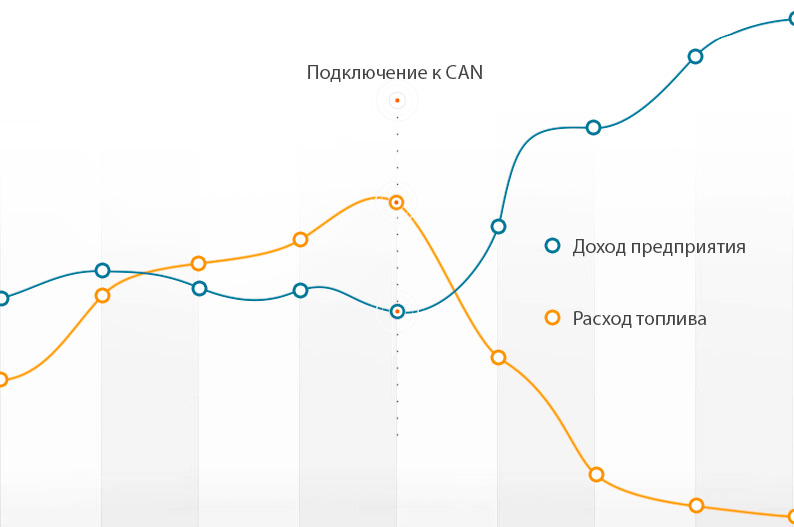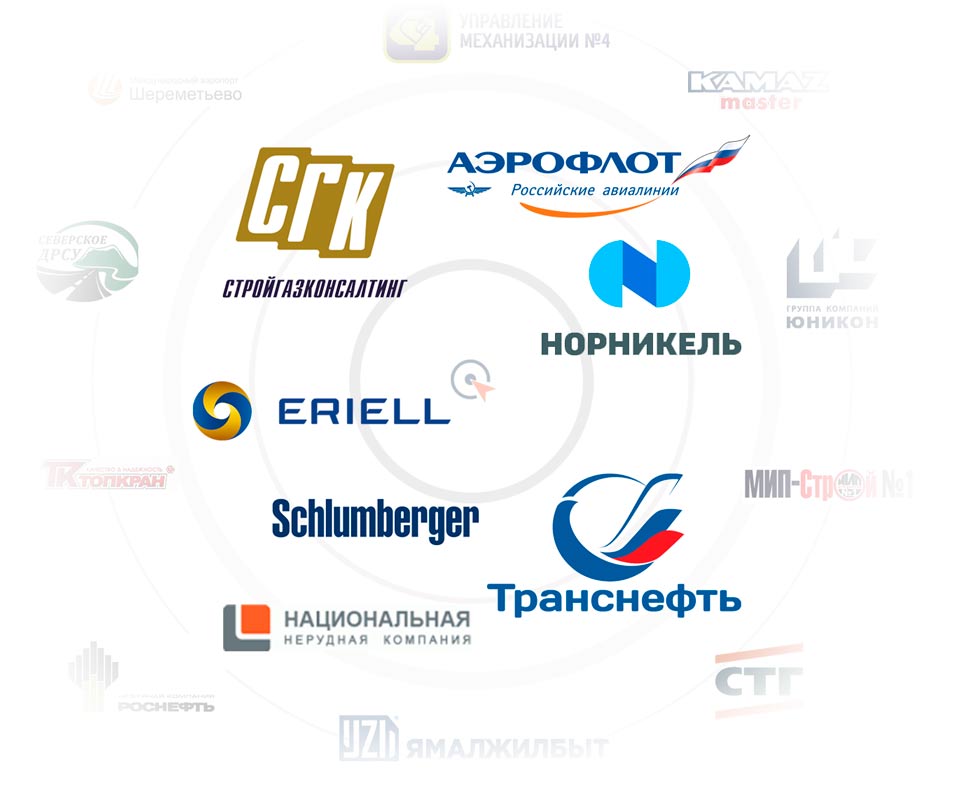



20+
Years of experience
11
Branch offices
25000+
Facilities under service
22
Regions of operation

Our social media
India:
Uzbekistan:
Fuel control via CAN bus
Controller Area Network (CAN)

Minimal installation and maintenance costs

Connects without tampering with the vehicle's mains power supply
Connection to the CAN bus allows, without interfering with the operation of components and systems, to obtain a variety of parameters for monitoring fuel and vehicle operation modes. Minimal possibility of intervention from the driver's side is an important feature of this method

Gathering complete information about the vehicle's operation
What does CAN mean?
In most cases, installing a capacitive fuel level sensor on passenger cars is a difficult task. The design features of the body do not allow to cut the fuel level sensor into the fuel tank. In such cases on-board controllers of satellite monitoring GLONASS/GPS are connected to the CAN-bus of the vehicle.
The abbreviation CAN is formed from the word combination: Controller Area Network and literally translated as - a network of controllers.
Modern cars and trucks are equipped with CAN-buses. CAN-bus provides two-way communication with various devices, so that they can be controlled and instantly receive information about their status.
With the development of telematics technologies, CAN-based solutions for remote interaction with the vehicle have been developed. For example, for remote diagnostics, vehicle security and satellite monitoring.
The abbreviation CAN is formed from the word combination: Controller Area Network and literally translated as - a network of controllers.
Modern cars and trucks are equipped with CAN-buses. CAN-bus provides two-way communication with various devices, so that they can be controlled and instantly receive information about their status.
With the development of telematics technologies, CAN-based solutions for remote interaction with the vehicle have been developed. For example, for remote diagnostics, vehicle security and satellite monitoring.

Advantages of the controller:
▸Connects to any vehicle with a CAN bus
▸Minimal installation and maintenance costs
▸Complete information on vehicle operation
▸Does not interfere with the operation of standard equipment
▸Can be connected without interfering with the vehicle's contactor network
▸Remote adjustment and change of firmware
▸Technical support for the duration of operation
▸3 year warranty
▸Connects to any vehicle with a CAN bus
▸Minimal installation and maintenance costs
▸Complete information on vehicle operation
▸Does not interfere with the operation of standard equipment
▸Can be connected without interfering with the vehicle's contactor network
▸Remote adjustment and change of firmware
▸Technical support for the duration of operation
▸3 year warranty
Information on fuel consumption and level is transmitted to the satellite monitoring system from the vehicle's on-board computer via CAN-bus. The computer itself receives fuel data from the standard sensor installed in the tank by the manufacturer.
With the help of MONTRANS controller you can easily configure the information from various sensors to the monitoring system and analyze it with the help of electronic reports. For example, it is possible to receive data on opening/closing of doors, on the use of seat belts, on the temperature in the refrigerator.
With the help of MONTRANS controller you can easily configure the information from various sensors to the monitoring system and analyze it with the help of electronic reports. For example, it is possible to receive data on opening/closing of doors, on the use of seat belts, on the temperature in the refrigerator.




Check if MONTRANS digital fleet management is the right fit
Please provide your contact details to complete the request. Our manager will get in touch with you soon.





